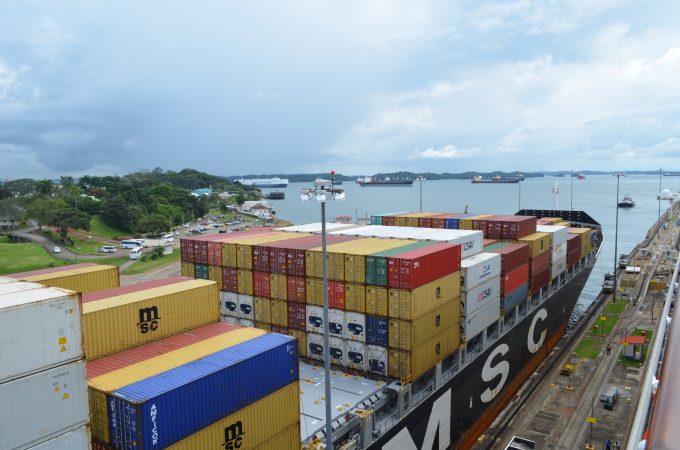Major box lines eye opportunities in India's coastal trades
More mega container lines are considering venturing into Indian coastal operations for domestic cargo movement, ...

Persistent low water levels in the Panama Canal are raising questions for cargo owners on the strategic validity of a route that helped many circumnavigate congested US west coast ports.
Owing to a drought that has reduced water levels in the canal ...


Comment on this article